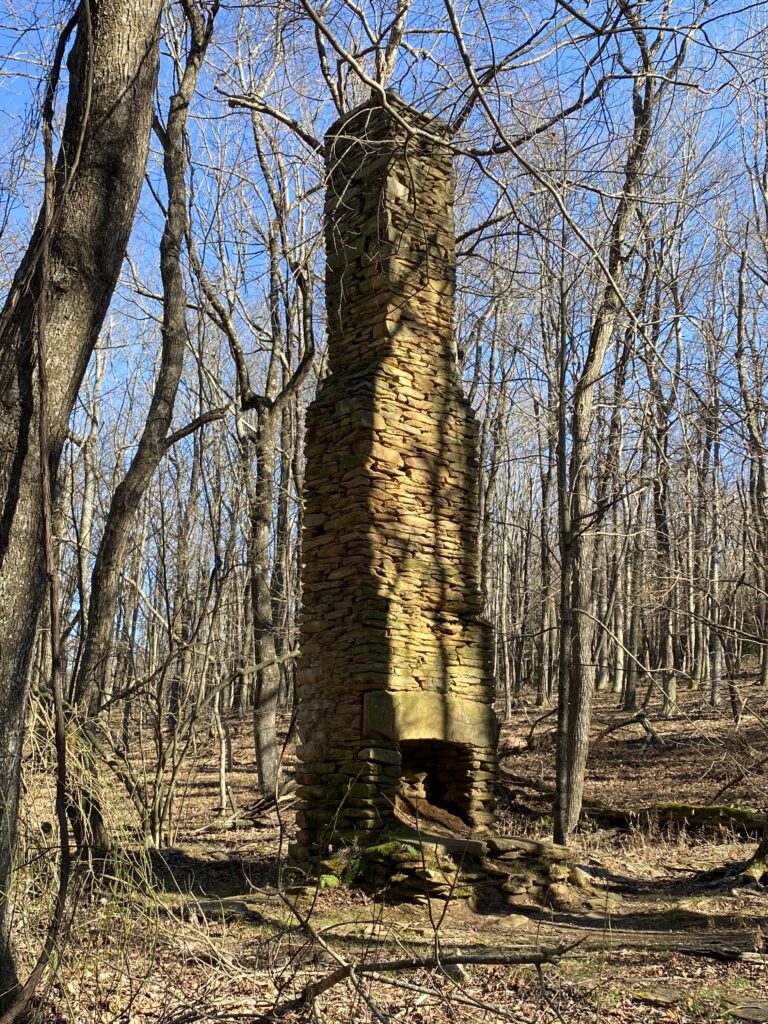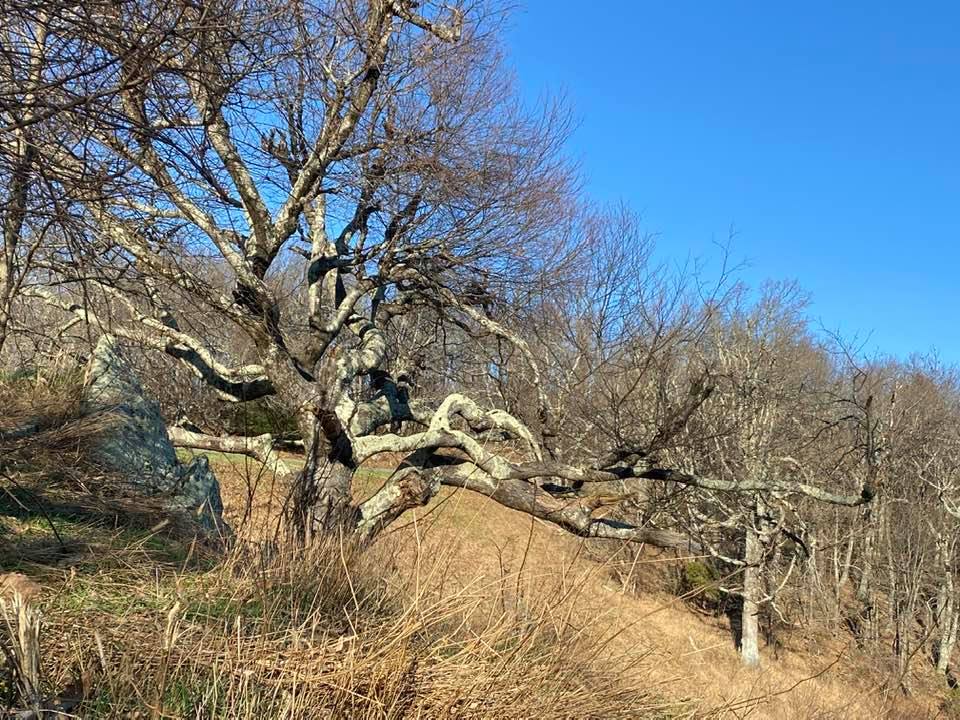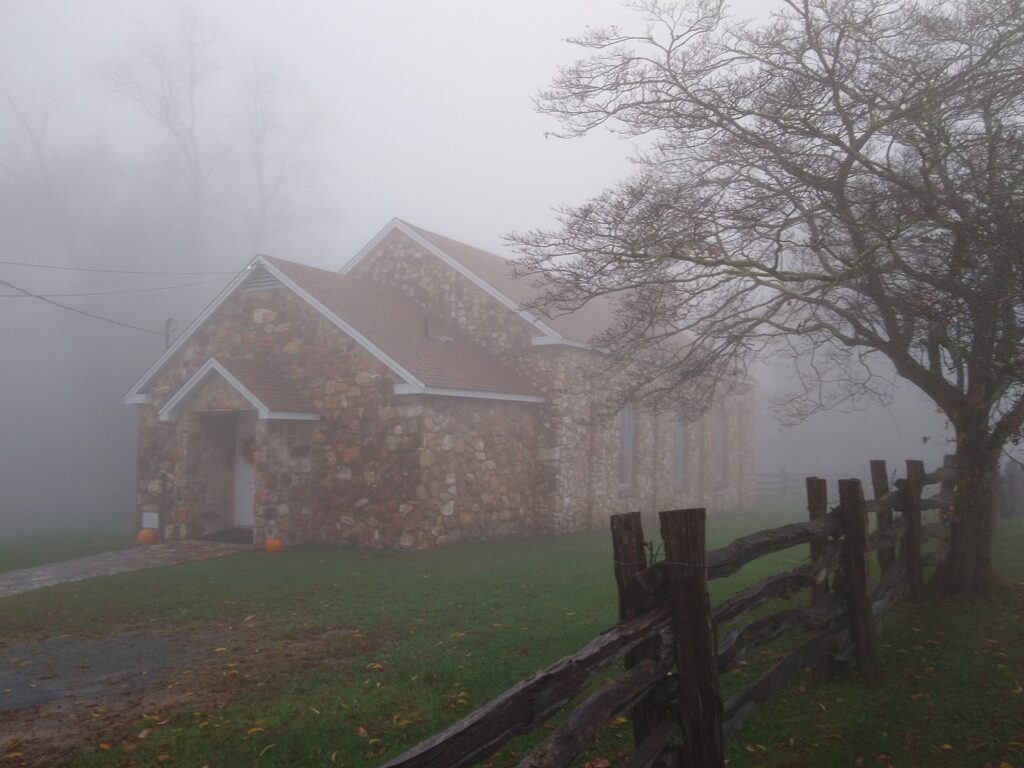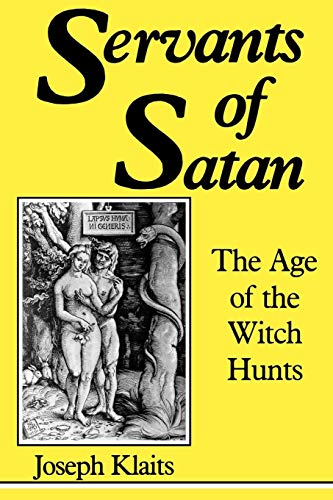Jeff Garrison
Bluemont and Mayberry Churches
November 29, 2020
Genesis 15:1-5, 21:1-3
©2020
Setting the state at the beginning of worship
For Advent, this year, we’re going to look at passages in scripture to help us understand the themes of each week. This week, the theme is hope. In future weeks, it’s joy, love, and peace.
Perhaps no one in history had the hope of Abram, who’d latter be known as Abraham. He’s the one with whom God planted a seed. That seed bore fruit nearly two millennials later, with the birth of the Christ child.
It all started in a desert. Abram was getting up in years, a lot like most of us. He was well past social security age, yet his best years were still ahead! That’s the kind of hope for which we should strive.
The best is always ahead because the future is in God’s hands!
After the reading of Scripture:
I love the view from our house in Laurel Fork. We sit up on a ridge with a small pasture dropping to the north. We have incredible morning views of the Buffalo, as some of you have seen from Facebook posts. But I’m really blown away on clear nights.
From our ridge, we have an unobstructed view of the north sky. I can easily make out Polaris, the North Star, at the handle end of the Little Dipper. Like a clock wrapped around Polaris, there’s the Big Dipper and Cassiopeia and her husband Cepheus. Snaked between them is Draco the Dragon, whose stars weave around the pole. I can also see a tinge of the Milky Way with its millions of stars
Because of our latitude, and with an open view to the north, I’ll be able to see these stars year around. I’ve never had such a dark view to the north. The other night, I took the dog out and gazed up on the dipper and Cassiopeia on the opposite side of Polaris. Then, about 6:30 AM, I took the trash can down to the highway. The constellations were reversed, having traveled around the Polaris.
The role of stars in the Biblical story
The stars played a more important role when there were no mass printed calendars, like the ones they hand out at Mayberry Trading Post. Our ancient parents mostly lived outdoors. Without electric lights to spoil the view, they knew the night sky well.
As you know, stars play a major role in the Christmas story. A star drew the Magi to Bethlehem. But long before that, God appeared to Abram in a vision. This vision instilled Abram with hope.
Exploring the text
God’s opening line is familiar. We hear it anytime a heavenly being approaches a mortal. “Do not be afraid.” Common sense demands that the appearance of God should be enough to make you shake in your boots. We should immediately, as the Christmas Carol goes, “fall on our knees.”[1]
In Abram’s case, there’s an ironic twist. He’s just done the impossible. In Chapter 14, he defeated a much larger force on the battlefield. He’s not just a wandering sheepherder; he’s a warrior.[2] Yet, God tells Abram, “Don’t be afraid.”
Then God continues, “I’m your shield.” Maybe God doesn’t want Abram to let this commando stuff, of leading a group of men who rout a much larger army, go to his head. It’s as if God says: “Don’t depend on your military skill, don’t depend on your equipment; don’t depend on your men; depend on me.” And then God promises that his reward will be great.
Abram shows boldness by complaining. “O, Great,” he says to God. “I’m an old man without an heir, what’s good is this reward to me?
In those days, those without a male heir would adopt a male slave. The slave, as an adopted son, would then be in charge of seeing to it that the man and woman of the house are cared for in their old age. Upon their deaths, the slave receives freedom and his adopted father’s property.[3]
Abram may have had this in mind when he mentions Eliezer as his heir. But God isn’t finished with Abram. God invites him to step outside the tent. God directs Abram’s eyes to the night sky and promises his descendants will be more numerous than the stars.
In the desert, at night, the sky is brilliant. The stars are even brighter than they are on Briar Hill. “Abram,” God asks, “Can you count the stars? If so, you can count your descendants!
Of course, Abram couldn’t count the stars. Four thousand years later, we’re still discovering new stars and galaxies filled with thousands of starts.
God’s presence and promises
I like the night sky. I never feel alone when I can see the sky. God’s presence is felt, not only with me but throughout the cosmos. The God who invited Abram to look into the sky and to consider the possibilities is with me. And God can do incredible things. We need to have faith. Our hope is in what God is doing even if we don’t understand.
I skipped over six chapters of Abraham and Sarah’s story to get to where Isaac was born. Those six chapters aren’t easy.[4] There are lots of bumps in the road. And they’ll be many more for it’ll be another 20 centuries or so before Jesus.
The hope we have in the Almighty isn’t necessarily something that happens overnight. Too often, in our culture, we are caught up in instant gratification. We’re impatient. We don’t like waiting. But Advent reminds us that while we have hope, we also have to wait. But as we wait, we need to hold on to the dreams we have.
Reality Checks
Do you know what a reality check is? It’s a two-word concept often used to kill great dreams. Some of these dreams may have been realized if only attempted. A reality-check is often akin to sticking a needle into a balloon. Just when great ideas are generated, someone comes along and tells you why it can’t be done. You lose faith. Sure enough, the naysayer is proven right.
Abram didn’t need a reality-check. He’d done that himself, I’m sure. Anyone could have told him he was washed up. He was old, way too old for a baby. Abram didn’t need so-called friends to tell him this. He knew it.
Instead of a “reality-check,” Abram really needed a “God-check.” We also need those kinds of checks. God directs Abram’s eyes to the skies and says, “Count ‘em, if you can.” Like Abram, we sometimes need our horizons expanded. Certainly, the God of creation, who set the stars in the universe, is more powerful than us.
You know, we worship and serve an awesome God. Yet, we tend to put everything on our own shoulders, thinking we must carry the burden. We have a hard time trusting God, but when we step out of our comfort zones and decide to follow a hunch, God can surprise us.
A few years ago, before COVID, Craig Barnes wrote about the “anxiety” in the church. All over, he said, people are worried. Folks are anxious. What will will happen to the church. Are we going out of business?
But listen to what Barnes wrote:
When I was working through my way through a graduate program in the history of Christianity, I became convinced that there is no rational explanation for the church’s survival… [but] there are many compelling political, intellectual, and social reasons for it to have gone out of business… And none of those threats were ever as dangerous to the church as it was to itself. We’ve always been our own worst enemy when we fail to live out of the gospel we proclaim. But still the church perseveres. The only possible explanation for the church’s survival is that Jesus Christ chose to use it to continue his mission of bringing the kingdom of God to earth.[5]
It’s not about us; it’s about God. When we trust God and ignore the “it can’t be done” voices surrounding us, incredible things happen!
A personal story
Let me tell you a story. Ken Tracy served as executive presbytery when I first went to Utah. A compassionate man, he helped match me to that congregation. They were small and struggling but had great dreams. After I was there about two years, we came to presbytery with our proposal for a new church campus. Ken called for a reality check. “You’ll never do it,” he said. “It’s beyond the ability of that congregation.”
Luckily (it really wasn’t luck, it was providence), we prevailed. We were able to sell the presbytery on the idea. Shortly after that, Ken moved to Alaska. But his father was in St. George, a town that shared a daily newspaper with Cedar City. His father sent Ken a frontpage clipping of our opening. Ken called me to congratulate us. He said he was happy to acknowledge he’d been wrong.
Understand this, it wasn’t because of any great thing I did. Nor was it about anything anyone in the congregation did. Yes, everyone made a gallant effort. But God wanted that church built. God gave us hope and saw to it that we had the resources. Yes, at times we had to struggle; at times we worried about running out of money and having to put the project on hold. Our new church home wasn’t presented on a silver platter. But we held to the vision and, despite the naysayers (and Ken wasn’t the only one), built the building. And the congregation continues to flourish.
Interestingly, Abram believed, even though his promise was off in the future. God takes time to fulfill everything. There will be periods when his descendants would be slaves. The fulfillment of the promise won’t necessarily be easy.
Lessons from this passage
We should remember a few things from this passage. First of all, we have a God in change and in control of the future. We can give up our attempts at being in control and trust God to take care of those things over which we have no control. If we are willing to trust God’s providential care, we will be happier and less anxious.
Second, with God, our abilities do not restrain possibilities. God is not bound by human limitation.
Third, our hope is not for an immediate answer to our problem. The answer, as it was with Christ, may take many generations.
Finally, just because God is with us, we will not necessarily have an easy time. At times, things will be rough. We’ll have challenges. But the rewards are great.
Let me close by asking you some questions to ponder this week. What things have gone undone because we have failed to trust God? Are there dreams we killed with our reality checks? What could we do, if we trusted God and grasped at the possibilities? Look up to the stars and dream. For our hope is grounded in an awesome God, who came to us as a child. Amen.
[1] From “O Holy Night.”
[2] Genesis 14 tells the story of Abram as a warrior, defeating the five kings and rescuing Lot and his family.
[3] Walter Brueggemann, Genesis: Interpretation, a Biblical Commentary for Teaching and Preaching (Atlanta: John Knox Press, 1980), 143.
[4] In these chapters, Abram becomes Abraham and Sara becomes Sarah.
[5] Craig Barnes is now the President of Princeton Theological Seminary. I think this quote came from Christianity Century.











